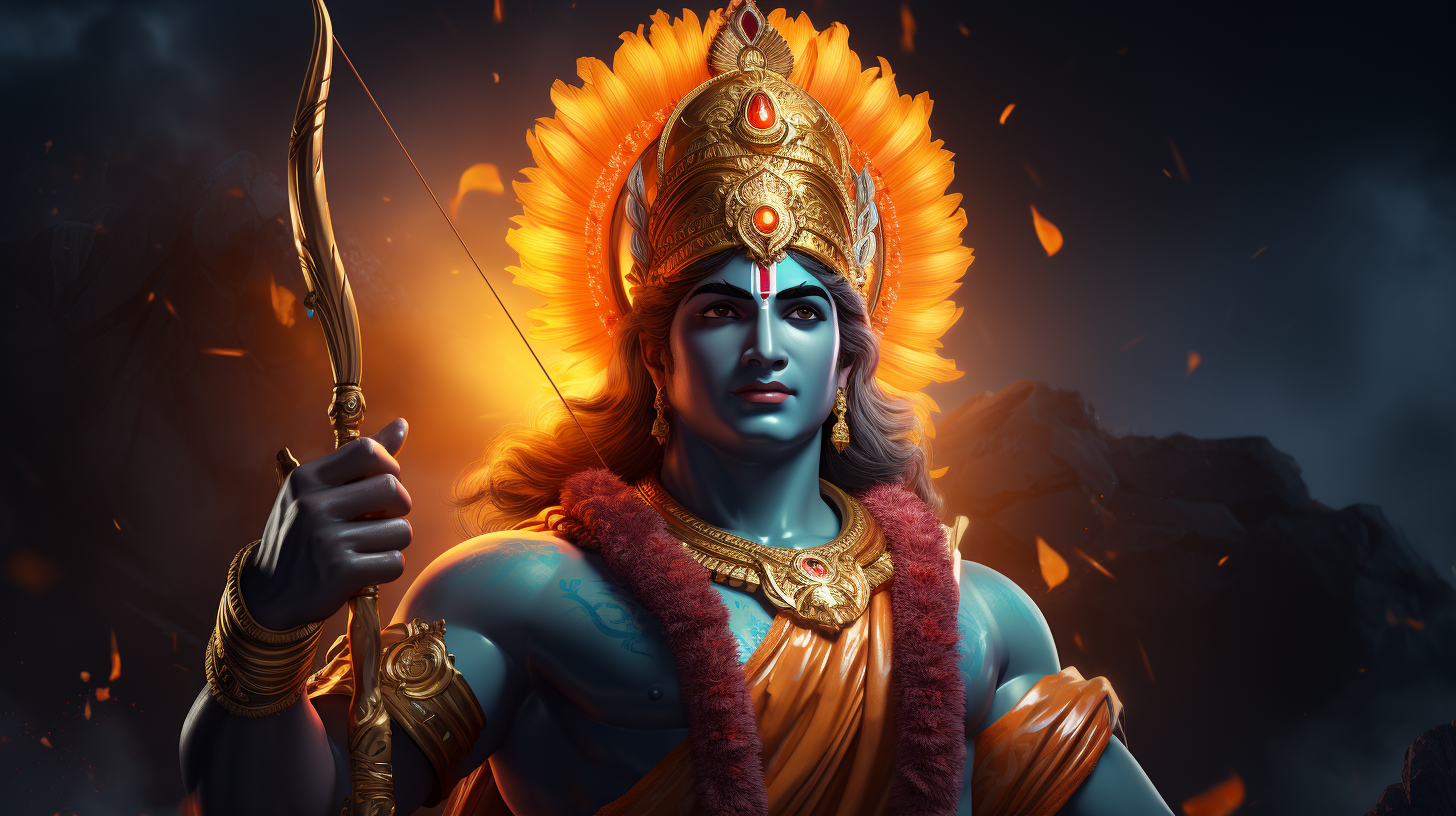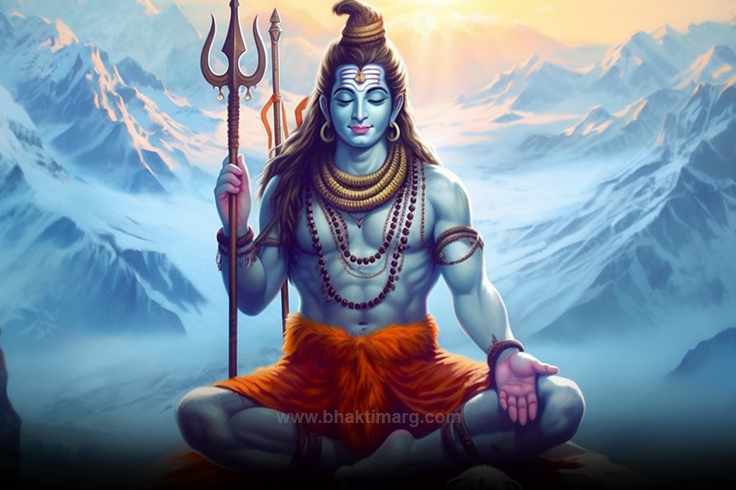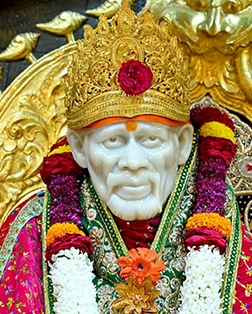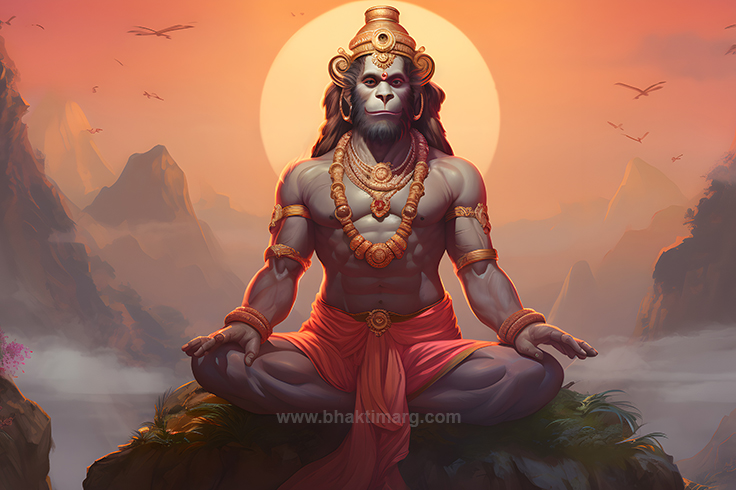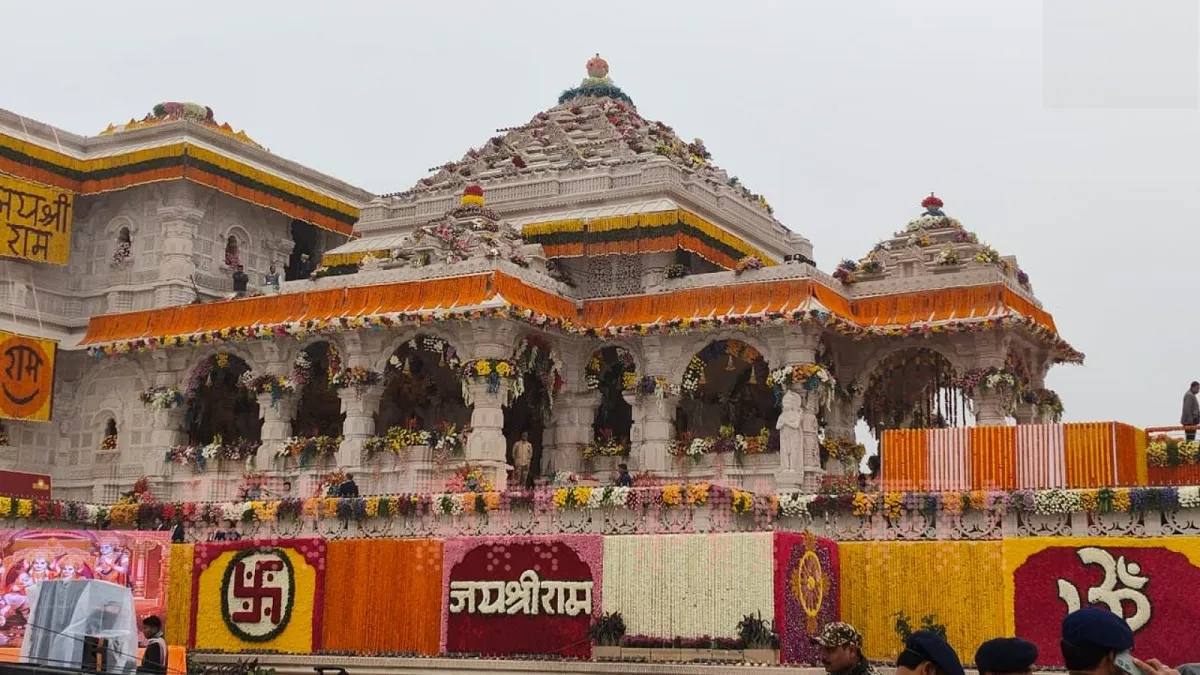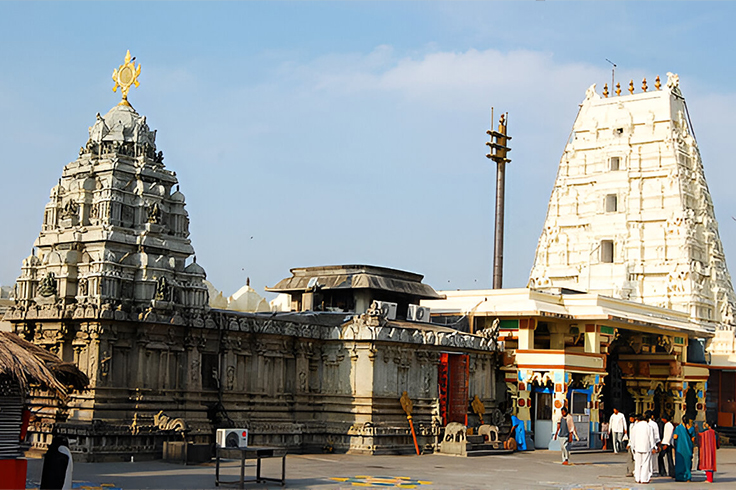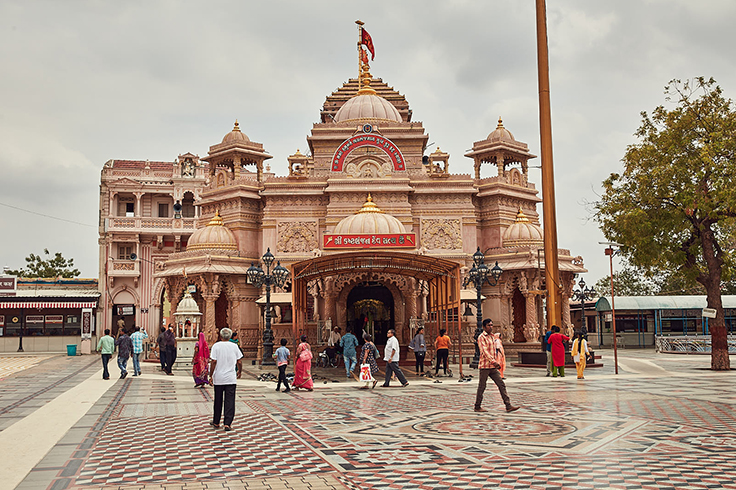
Maha Shivratri Puja Vidhi: 10 Simple Rituals to Please Lord Shiva
Mahashivratri is the day dedicated to Mahadev. This puja takes place as a part of Shivratri char pahar puja vidhi in 10 simple rituals. Every year millions of people take part in this puja and celebrate it as a festival that includes Shiv puja, Hawan, and Shiv Bhajan. If you consider the literal word Shivratri, it means “the night of Shiva”. It is believed that during this holy night, the cosmic energies of the universe are in balance and harmony. Lord Shiva as the supreme being of this universe, holds a significant position in the hearts of all Hindus.
10 Maha Shivratri Puja Vidhi of Lord Shiva
Mahashivratri is the festival and celebration of Lord Shiva and has significant importance for the whole country. This puja is mainly performed in the houses, to honor the union of lord Shiva and goddess Parvati. This day is dedicated to Lord Shiva, thus performing divine aartis and keeping a Vrat helps in connecting Shiva’s Spiritual realm. It is considered that the person who follows all the Shivratri puja vidhi vidhan is closer to God. 2025 Shivaratri date is February 26, Wednesday, when you can perform your Vrat to please Shiva and seek his blessings.
1. Early Morning Bath

Before you commence a Shivaratri fasting, make sure that you take a single meal the day before. It is practiced due to some beliefs that you should observe fasting for the lord with a clear digestive system. On the day of Shivaratri, you should get up early in the morning to take a bath in warm water. Pouring some sesame seeds in the water is considered to make the water pure, hence will also offer purity to your soul and body. Taking a dip in the holy river of Ganga is however the most preferred. After taking the bath, pledge to observe a successful full day of fasting, without any interference. Seeking blessing from Lord Shiva and breaking the fast on the next day should be your self-determination before you can even commence your fasting. With the pure intention of performing the ritual, you can seek divine blessings to allow you to complete the whole ritual without any mistakes.
2. Observe a Fasting

According to the Hindu Shastra, your puja Vidhi for the day starts by offering prayers to the Sun God, followed by Vishnu Dev and Maheshwar. Worshipping all three Hindu gods in order is the first step in starting the ritual. During Shivaratri, the fasting that you will observe should be proper. You should hold a fast by avoiding all kinds of foods and drinks. But it is believed that you can have fruits and drink milk during the daytime, while the night is for absolute fasting, where even drinking water is not allowed. Try to keep a fast. Fasting from day to night might be problematic for some people. However, you can try to observe fasting by starting it and keeping it for as long as you can physically tolerate it.
3. Performing Abhishekam Ritual

In case you are not able to visit Shiva temples, you can also prepare and perform a puja at your home, before a Shivling or a Nataraja Stuti. If you are performing the puja at home, don’t forget to apply ghee to perform an Abhishek Puja first, as it is a part of Shivratri maha puja vidhi. Taking a bath in the evening before starting Shiva Puja is suggested while following the Shivratri Puja Vidhi time accordingly. As Shiva Puja is mostly done at night, you can perform the puja one or four times during the night. Throughout the whole night, there are four different Prahars divided in different intervals, to perform the puja of Maheshwar four times. If you want to perform one single Puja, you should do it at midnight. As per maha shivratri puja vidhi you have to perform the abhisheka of the Shivling with the following materials:
- Milk, which stands for blessing, purity, and nourishment
- Honey, which brings sweetness to life
- Gangajal, for spiritual purification
- Yogurt gives prosperity and health.
- Ghee, for the triumph of good
- Sugar stands for happiness and clarity.
- Water cleanses and brings purity of speech
Each of the above-mentioned substances is Shivratri puja vidhi samagri and carries its symbolism and benefits. When you conduct the Abhishekam with these sacred substances, it helps in enhancing the spiritual essence of Shivratri puja vidhi at home, building a deeper connection with Mahadev.
4. Jagaran or Night Vigil

Jagaran, the night-long vigil, is another vital ritual. Devotees engage in prayers, mantra chanting, scripture readings, and bhajans. The night is divided into four Prahars, each with specific worship forms. If you are performing the puja for all four Prahars, ensure that you perform the first Prahar Abhishek with water, during the second Prahar Abhishek use curd, for the third Prahar you should use the sacred Ghee, while the honey goes for the fourth Prahar Abhishek. All the Shiva Temples are adorned with lights and flowers, and devotees stay awake all night, chanting Om Namah Shivaya and other sacred mantras.
Jagaran in Shiv Puja is a symbol of triumph of good over darkness and ignorance. It is believed that during the night Lord Shiva performed his cosmic dance; the Shiva Tandava. Perform this night vigil, to seek Lord Shiva’s protection and blessings for a prosperous life.
5. Offering Sacred Bilva leaves and flowers

After the Abhishekam is conducted, you should start decorating the Shivling with different flowers. Adorning him with a garland made of Bilva leaves, also known as Bel Patra. The trinity of these leaves symbolizes the supreme gods, Brahma, Vishnu, and Maheshwar, and is considered Shiva’s favorite. After that, you should apply Chandan on Shiva light incense sticks, and Diyas. It is believed that the smoke of the Agarbattis carries a Shiva Symbolism, helps in creating a sacred atmosphere, and carries your prayers to the divine. Other items that you should include in Shivratri Puja are a garland made of Madar flower and Bibhuti; a sacred ash made after burning dried cow dung.
6. Chanting Mantras of Shiva

Offering Naivedhya, in the form of fresh fruits and sweets, is an act of devotion that symbolizes your gratitude towards the divine. Prepare a plate with Ghee, Chandan, flowers, camphor, incense sticks, sesame seeds, Bilva leaves, and a lighted Diya. Carry out the Shiv Aarti in a calm and spiritual atmosphere. Listen to Shiv Rudrashtakam stotram, or perform a chanting sitting in front of the deity.
You can also chant Shiva Panchakshari 5 times. Chanting Om Namah Shivaya 1008 times on this day is considered sacred and more powerful than any other day.
7. Rudra Homam

Rudra Homan is a religious ritual that you should perform to satisfy Lord Shiva and get blessings in return. Performing this ritual relieves you from complicated health disorders, premature death, and accidents in life, removing any sort of evil from your life. There are different types of Rudra Homan that include Ekadasa Rudra Homam, Eka Rudra Homan, Athi Rudra Homan, Maha Rudra Homan, and Rudra Ekadashini Homam. So, you can contact your pandit to know the type of Rudra Homam you should perform for yourself or your family. You should perform Rudra Homam with care and devotion to get rid of any sins and karmic effects and conquer your fear and troubles.
8. Visiting Shiva Temples

Go to the nearest Shiva Temple and immerse yourself in the spiritual energy of Shiva, chanting Shivratri puja vidhi mantra.
- You can chant all the 8 names of Shiva including Om Namah Shivaya and Om Rudraya Namah. Perform aarti before the deity of Mahadev in the temple by holding the lighted lamp in your right hand, while ensuring that your left hand is touching your right hand too.
- Move the lamp clockwise in a circular motion in front of the idol or image of Maheshwar. Meditate and immerse yourself in the songs of Shiva, listen to them, or perform your Hymns dedicated to lord Shiva like Jai Shiv Omkara.
- The flowers you have already included in your Aarti plate should be placed gently at the feet of the shivling.
- If you have access to Neel Kanth (Blue Aparijta) flowers, you should use them. Neel Kanth flower got its name from one of the Shiva stories where Shiva drank the blue poison that came out during Samudra Manthan, which named him Neel Kanth.
9. Perform Pradakshinam

Completing the whole process of Shiva Puja, after performing Pradakshinam around the idol is an act of devotion that shows that you recognize Shiva as the center of your being.
- Stand before the idol of Shiva and face the murti with a Namaskaram gesture, that signifies your respect and humility in front of the ultimate creator of the universe.
- Begin walking clockwise around the deity, maintaining a peaceful meditative mind, at a slow pace to show your devotion and reverence towards Bholenath.
- You can recite the 8 names of Shiva during each round or chant sacred Shiva Mantras while pacing around the idol of Shiva.
10. Helping the Needy

Charity and helping the needy is a vital part of Shiva Puja Vidhi. As a worshipper of Maheswar you should distribute food, clothes, and essentials, with compassion to the people in need of it. If you have the ability to donate for needy, poverty stricken people, charity and temples, you should do it out of your own will and compassion, without hoping for anything in return. These acts please Lord Shiva, attracting blessings and fortune. It helps in purifying your soul and karmic sins, gaining you spiritual merit. It reestablishes the principle of Hindu dharma, that is selflessness.
The fast that you have kept should be broken after taking a bath, the next day. Breaking the fast the next day between sunrise and before the end of Chaturdashi Tithi ensures maximum benefits of keeping the Vrat.
Importance of Maha Shivratri in Hindu Culture
If you are a devotee of Lord Shiva, then celebrating this holy day during Phalguna Month should be marked in your calendar. According to Hindu mythology, during this day Shiva performed the cosmic dance that led to the creation of the universe.
The Story behind the Shiv Tandav stotram says that this dance is the creation, protection, and destruction all in itself. This day is the day of offering prayers to Lord Shiva and seeking blessings to keep you safe from all evil and negative energies.
On Shivratri, Lord Shiva’s devotees from all around the world, offer prayers and offerings like flowers, fruits, incense, and holy water/ milk to please Shiva.
Significance of Fasting during Maha Shivratri
To honor the Lord during his special day, people observe fasting and avoid consuming any sort of food or drink. During Shivratri, you can observe the most spiritual fasting, and it lasts the entire day and night. Apart from the traditional rituals, several tales say, Shivratri is the celebration of the day when Shiva and Shakti gulped down blue poison, to save the world.
It is one of the sacred tales of Lord Shiva, which gave him the name of Neel Kantha. To a devotee of Lord Shiva, this day is the day of faith, devotion, and values of life. You can offer prayers at Hindu temples or at home too, after observing Shivratri fast and meditating to seek blessings.
The most effective Shiv Mantra chanting you can do is by being awake during the night of Shivratri. On this auspicious day, Rishi Atri answered the prayers of Parvati to save Shiva from the poison that came from the churning of the ocean.
The Sun was Aquirious when Shiva drank the poison but Rishi Atri helped Parvati protect Shiva by placing the crescent Moon to calm the Rudra Avatars of Lord Shiva. Being known for his cosmic energy and power, you can fast during this holy day to seek inner peace, enlightenment, and salvation.
If you observe a proper all-day fast during this time, Shiva ensures that your sins and karmic burdens are purified, by drinking all the poison you have collected in your lifetime. When you fast during the day time, it is good for marriage, wealth, and everything material. While fasting during the night is great for the purification of your karmic burdens and sins.
Maha Shivratri is an auspicious occasion for all the Hindus around the world, that marks the end of evil and the victory of good. Mahashivratri 2025 will be observed on Wednesday, February 26, 2025. Devotees of Shiva from all around the world celebrate this sacred day, performing fasting, night vigil, and traditional puja rituals. Shiva offers numerous blessings and fulfills the wishes of his devotees on this special day of his union with Mata Parvati. Performing the puja with dedication and following all the puja traditions, without any mistakes is believed to be an act that ensures a boon from Shiva himself. Devotees of Shiva celebrate this day with joy and devotion, keeping their faith in the divine and seeking blessings from the kind Mahadev.
Read more blogs:




